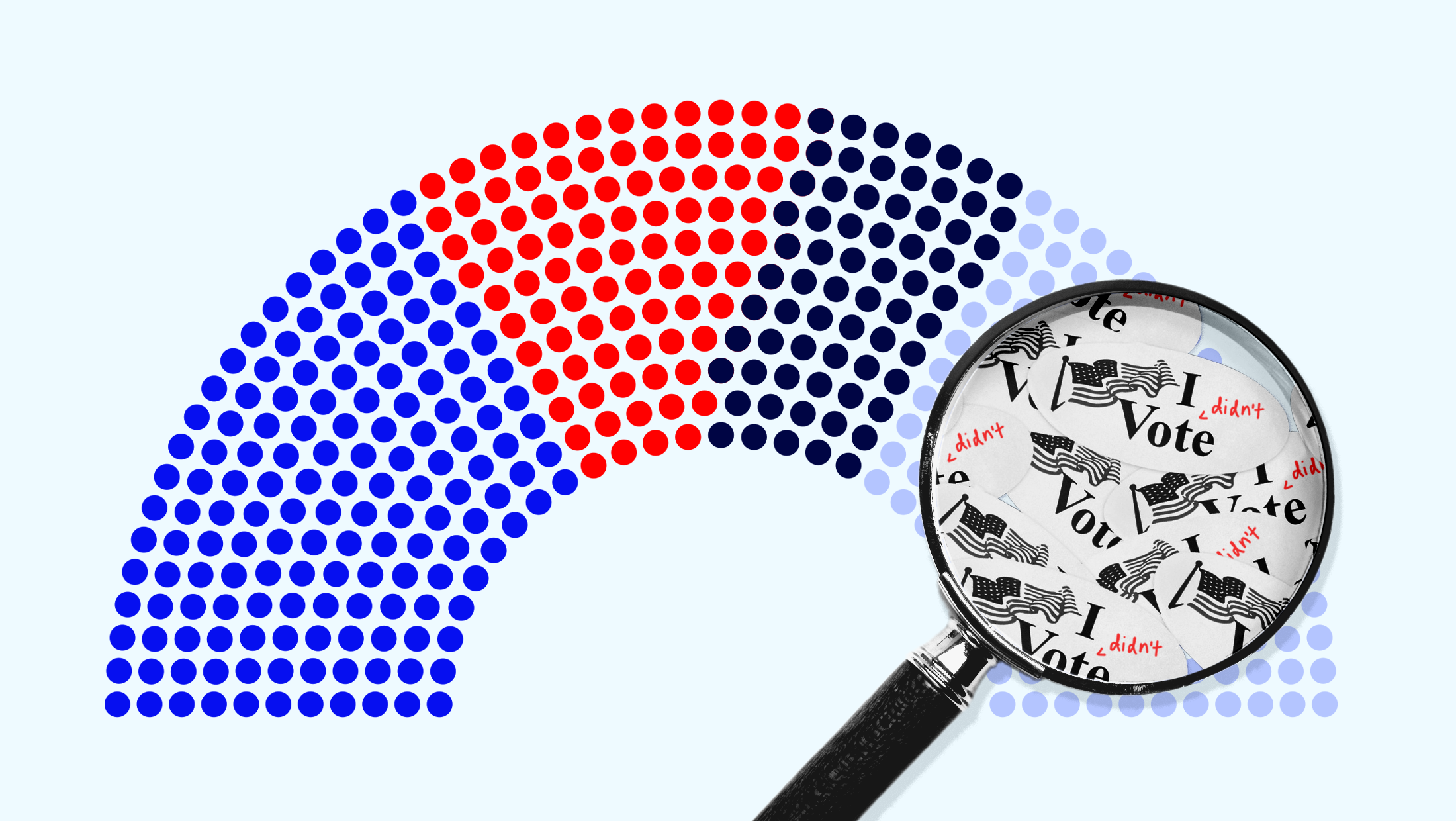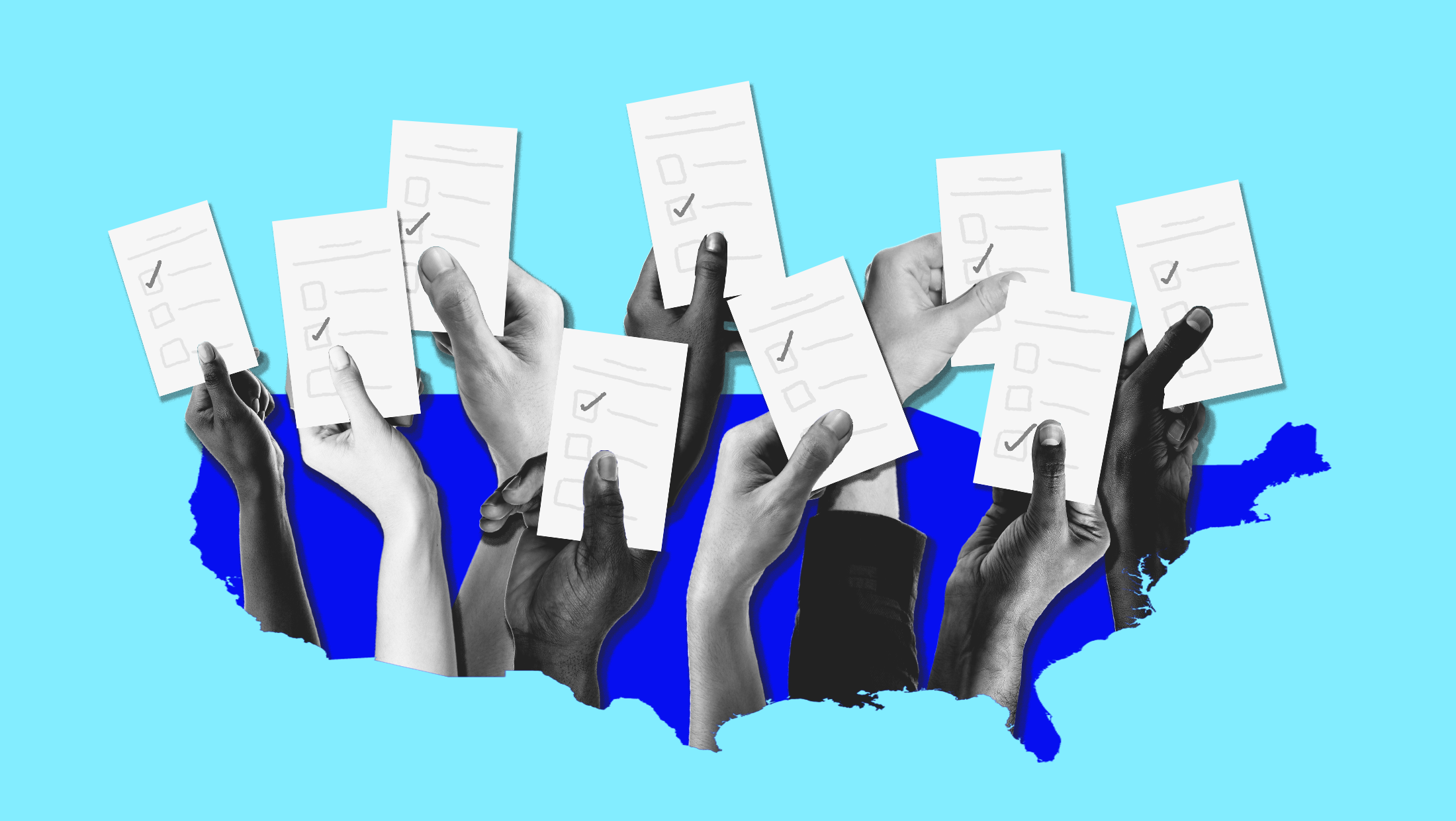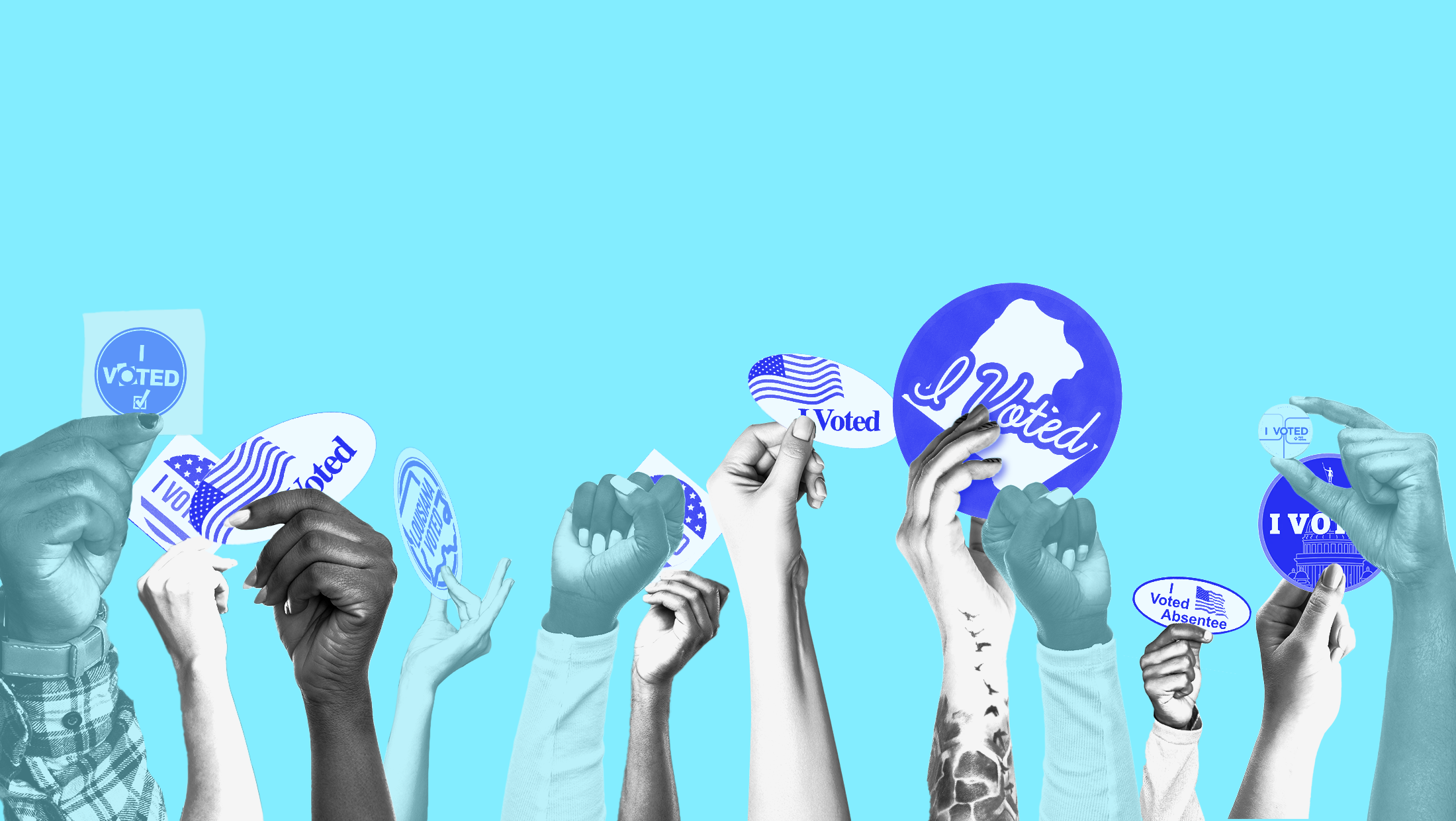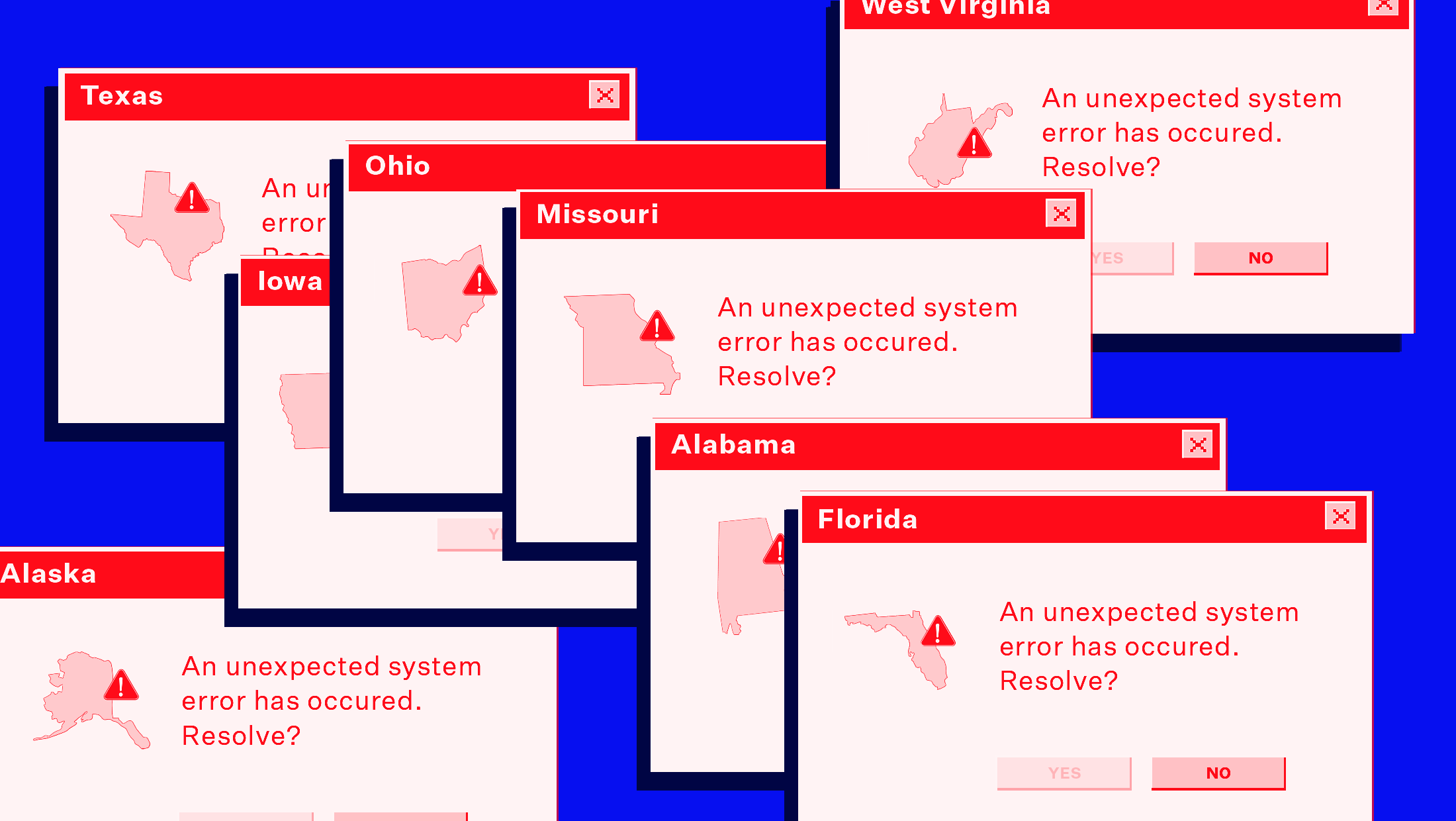Let’s Start Bringing 80 Million Americans Back Into the Political Process
If we want to get nonvoters engaged, we need to find a way to help them feel connected to politics.

Charlotte Hill is the interim director of the Democracy Policy Initiative at UC Berkeley's Goldman School of Public Policy and a frequent guest author at Democracy Docket, focusing on how structural reforms impact American democracy.
If we want to get nonvoters engaged, we need to find a way to help them feel connected to politics.

Last month, Minnesota brought the U.S. one step closer to reforming the Electoral College and ushering in a national popular vote for president.

On April 20, a leading voice in conservative politics said the quiet part out loud: Republicans should make it harder for young people to vote.

GOP leaders are intentionally imposing new barriers to the voter registration process. What a shame.

Election deniers lost several high-profile races in the midterms and Democrats performed better than expected, but democracy remains in jeopardy.

The solution to our current crisis of democracy: proportional representation and a multiparty system. It’s proven to ensure that all votes count equally, all voters are better represented and anti-democratic forces are sidelined.

The Republican Party is attempting to secure and retain political control by manipulating how votes are to cast, where those votes count and whether they even count at all.

Understanding how young people are especially burdened by the voting process is essential for diagnosing shortcomings of our current voting system — and for identifying the specific policy changes most likely to increase youth turnout.

Page 1 of 1